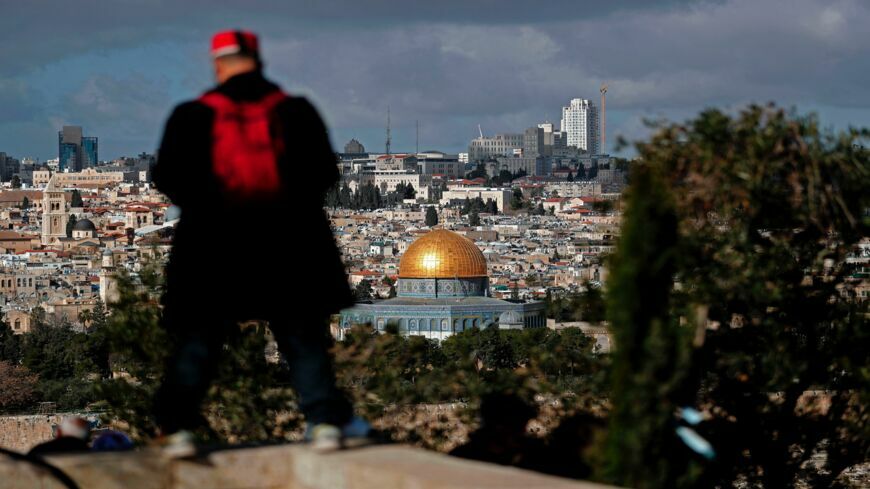
Muslim women’s rights in China vary – greatly.
On the one hand, in the Northeastern Chinese city of Jina, female imams lead evening prayers in women-only mosques, following a long tradition of independent women-only mosques which developed throughout central and eastern China among ethnic Hui Muslims. (For comparison, the United States just opened their first female-only mosque this year in Los Angeles).
But, unfortunately, there’s another side of the spectrum. In Xinjiang , 2,000 miles west of Jinan, Muslim women are reportedly harassed by the police for wearing the hijab (religious headscarf) or niqab (face veil). In Urumqi, civil servants, students, and teachers were not allowed to fast during this past Ramadan.
As Bethany Allen-Ebrahimian says in her piece for Foreign Policy, “such is the bifurcated state of religious freedom in China, where Muslim women either enjoy unprecedented space for religious expression or face more restrictions on their faith than they would almost anywhere else in the world — all depending on who, and where, they are. And behind both extremes lies the powerful hand of the Chinese state.”



